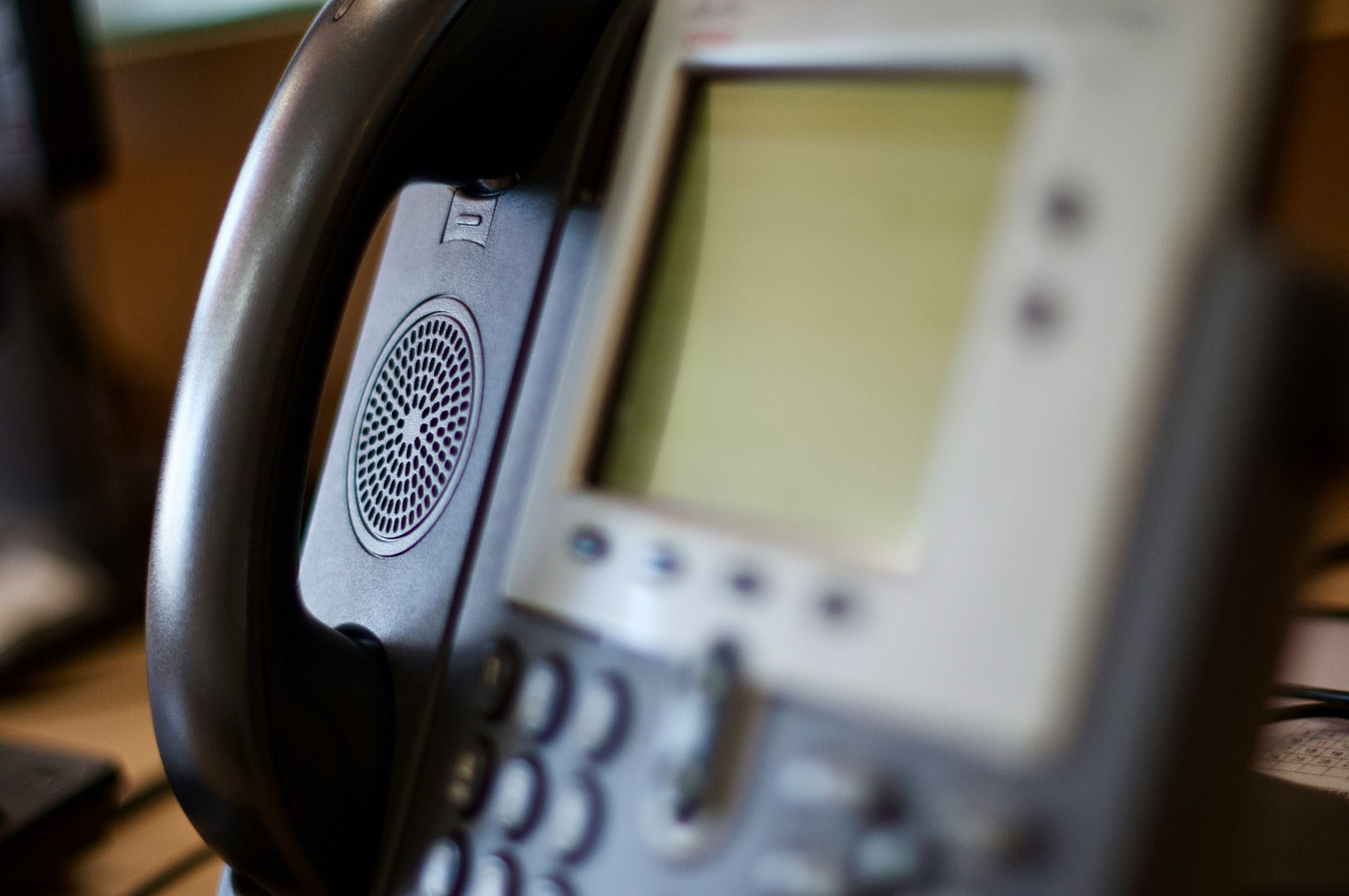Have you ever wondered where is the best place to put your WiFi router? Many people struggle with finding the best spot for their router to get the best WiFi signal and speed in their home.
WiFi routers are devices that transmit and receive wireless signals in all directions. The strength and quality of these signals depend on many factors, such as distance, obstructions, interference and router settings.
Placing your router in the wrong location can result in weak, slow or unstable WiFi connections. This can affect your online activities, such as browsing, streaming, gaming or working from home.
That’s why it’s important to know how to choose the best location for your WiFi router. In this article, we’ll show you how to do that. We’ll explain what factors affect your WiFi signal and speed, and how to avoid them. And we’ll give you some tips and tricks on how to boost your WiFi performance.
How WiFi signals work
Before we jump into how to find the best location for your WiFi router, let’s first understand how WiFi signals work.
What is a WiFi signal?
A WiFi signal is a type of electromagnetic wave that carries data between your router and your devices. WiFi signals operate on two frequency bands: 2.4GHz and 5GHz. Each band has multiple channels that can be used to send and receive data.
Choosing the best band for your device is a balancing act between distance and speed. To put things simply, the 2.4Ghz band will give a greater range but lower speed than the 5GhZ band. The 2.4Ghz band is also more prone to interference from other wireless devices and networks. The 5Ghz band has a shorter range but provides higher WiFi speeds than the 2.4Ghz band.The 5GHz band is also less crowded and less affected by interference.
How does a WiFi router transmit and receive signals?
A WiFi router has one or more antennas that emit and receive radio waves. These radio waves carry data in the form of binary codes (0s and 1s) that are modulated (encoded) and demodulated (decoded) by the router and the devices. Interestingly, that’s where we get the word modem from!
The router and the devices communicate using a protocol called WiFi, which is made up of a set of standards that define how data is transmitted and received over wireless networks. There are different versions of WiFi, such as WiFi 4, WiFi 5 and WiFi 6, that offer different speeds, ranges and features. To use a particular version of WiFi, both your router and device will need to be compatible.
How does a WiFi signal travel through your home?
A WiFi signal travels through your home in three ways: direct line of sight, reflection, and diffraction.
Direct line of sight: This is when the radio waves travel in a straight line from the router to the device without any obstruction or interference. This is the best way for a WiFi signal to travel with the highest speed and quality.
Reflection: This is when the radio waves bounce off surfaces such as walls, floors, ceilings, windows and mirrors, and reach the device from different angles. This can help extend the range of the WiFi signal but can also cause distortion and interference.
Diffraction: This is when the radio waves bend around corners or edges of objects such as doors, furniture or plants, and reach the device from different directions. This can also help to extend the range of a WiFi signal, but it can also reduce its strength and quality.
Factors that affect your WiFi signal and speed
There are many factors that can affect your WiFi signal and speed in your home. Some of the most common ones are:
Distance: The further away you are from your router, the weaker and slower your WiFi signal will be. This is because radio waves lose power as they travel through the air. The optimal range of a typical WiFi router is about 30 metres indoors.
Obstructions: Anything that blocks or reflects the radio waves can reduce or disrupt your WiFi signal. This includes walls, floors, ceilings, doors, windows, furniture, appliances and metal objects. Some materials are more effective at blocking or reflecting radio waves than others. For example, concrete, brick, stone, metal and water are more likely to interfere with your WiFi signal than wood, glass, plastic or plasterboard.
Interference: Other wireless devices or networks that operate on the same or nearby frequency bands can cause interference with your WiFi signal. This includes cordless phones, microwaves, baby monitors, Bluetooth devices, wireless speakers, etc. Interference can also come from external sources such as nearby wireless networks and cellular towers. Interference can cause your WiFi signal to drop out, slow down, or become unstable.
How to choose the best location for your WiFi router
Now that you know how WiFi signals work and what factors affect them, let’s see how you can choose the best location for your WiFi router to get the best WiFi signal and speed in your home.
Put your router in a central location: Ideally, you’ll want to place your router in a central location in the home, where its signals can reach all your devices with minimal distance, obstructions and interference. Try to avoid placing your router near the walls, corners or edges of your home, as this can limit the coverage area of your WiFi signal. As we always say, this isn’t as easy as it sounds because you will be limited in some way by where your broadband connection enters your home.
Elevate your router off the floor: Elevating your router off the floor, preferably by at least one metre, can help to avoid any interference from the ground or objects on the floor. You can place your router on a shelf, a table, a cabinet, or even mount it on the wall or ceiling. This can also help to improve the line of sight and reflection of your WiFi signal.
Avoid obstructions and interference sources: You should also try to avoid placing your router near any objects or devices that can block or interfere with your WiFi signal. This includes metal objects, appliances, mirrors, windows, water pipes, etc. Try to keep your router away from other wireless devices or networks that operate on the same or nearby frequency bands as your WiFi router. If possible, you could try to use different channels or bands for your WiFi router and other wireless devices or networks to avoid interference.
How to test your WiFi signal and speed
Once you’ve chosen the best location for your WiFi router, you may want to test your WiFi signal and speed to check for optimal performance. Here are some ways to do that:
Use a WiFi analyser app or website: A WiFi analyser app or website can help you measure and analyse various aspects of your WiFi network, such as signal strength, quality, speed, latency, channel and interference. You can use these tools to check your WiFi performance in different locations and rooms in your home and compare them with the recommended values. A quick web search will unearth a host of free and paid apps and websites that you can use.
Check your WiFi signal strength and quality: You can also check your WiFi signal strength and quality using the built-in features of your devices. For example, on Windows, you can hover over the WiFi icon on the taskbar to see the signal strength in bars. On Mac devices, you can hold down the Option key and click on the WiFi icon on the menu bar to see the signal strength. Similar settings on portable devices like phones and tablets will also give you info on the strength of the signal they are receiving.
The signal strength indicates how strong the radio waves are between your router and your device. The higher the signal strength – measured in dBm – the better the WiFi performance. This logarithmic scale ranges from -100dBm (very weak) to 0dBm (very good). Anything better than -60dBm is a very good signal. If your signal measures -30dBm you’ve pretty much got the best possible connection.
Check your WiFi speed and latency: You can also check your WiFi speed and latency using online tools or websites that test your internet connection. For example, you can use Speedtest to check your download speeds, upload speeds and ping.
Download and upload speeds are measured in Mbps (megabits per second). If you’re doing general browsing or occasional streaming, a good download speed would be around 25-30Mbps. A download speed below 10Mbps would only allow you to do basic things online, while a much faster download speed (in the hundreds of megabits) would enable you to download, upload and stream with few if any restrictions. To find out what broadband speeds you could get from Zen, enter your postcode here.
How to boost your WiFi signal and speed
If you’re not satisfied with your WiFi signal and speed, there are some ways to boost them and improve your WiFi performance. Here are some tips:
Adjust your router settings: You can try changing some of the settings on your router to optimise your WiFi performance. For example, you could try switching to a different channel or band that has less interference or congestion. You can also try adjusting other settings to suit your needs and preferences. But a word of caution here. Most modern routers handle these settings to give you the best connection automatically. If you’re going to change your settings, please ensure that you are able to reset or retrace your steps and don’t proceed unless you are confident that you know what you’re doing.
Update your router firmware: If your router isn’t set to automatically install the latest updates, you can try updating your router firmware to fix any bugs or issues that may affect your WiFi performance. Firmware is the software that runs on your router and controls its functions and features. You can check for firmware updates by logging into your router’s web interface or by visiting the manufacturer’s website. To download and install the latest firmware version, follow the instructions provided by the manufacturer.
Use a WiFi extender or Mesh network: You can also try using a WiFi extender or mesh network to extend the range and coverage of your WiFi signal. A WiFi extender is a device that connects to your router via an Ethernet cable or wirelessly and repeats the WiFi signal in another location. A mesh network is a system of multiple devices that work together to create a seamless WiFi network throughout your home, like Zen’s EveryRoom service. You can place these devices in different rooms or areas where you need a better WiFi signal and speed.
Use an Ethernet cable or powerline adapter: Using an Ethernet cable or powerline adapter, you can connect your devices directly to your router or modem via a wired connection. This can eliminate any interference or obstructions that may affect your WiFi signal and speed. An Ethernet cable is a cable that connects your device to your router or modem using an RJ45 connector. A powerline adapter is a device that uses your existing electrical wiring to transmit data between your device and your router or modem. You can plug one powerline adapter into an electrical outlet near your router and another one near your device and connect them with Ethernet cables.
Choose an award-winning broadband provider: When it comes to using your WiFi network to get online, your performance will only ever be as good as your broadband connection. At Zen, we pride ourselves on the quality and reliability of the service we provide. We’re the 19-time PC Pro Best Broadband ISP, and the ONLY Which? Recommended broadband provider for 2023. If you want to find out more about award-winning broadband from Zen, visit our site here.

Zen Internet - Home SalesSales
01706 902573
Zen Internet - Customer EnquiriesCustomer Enquiries
01706 902001


